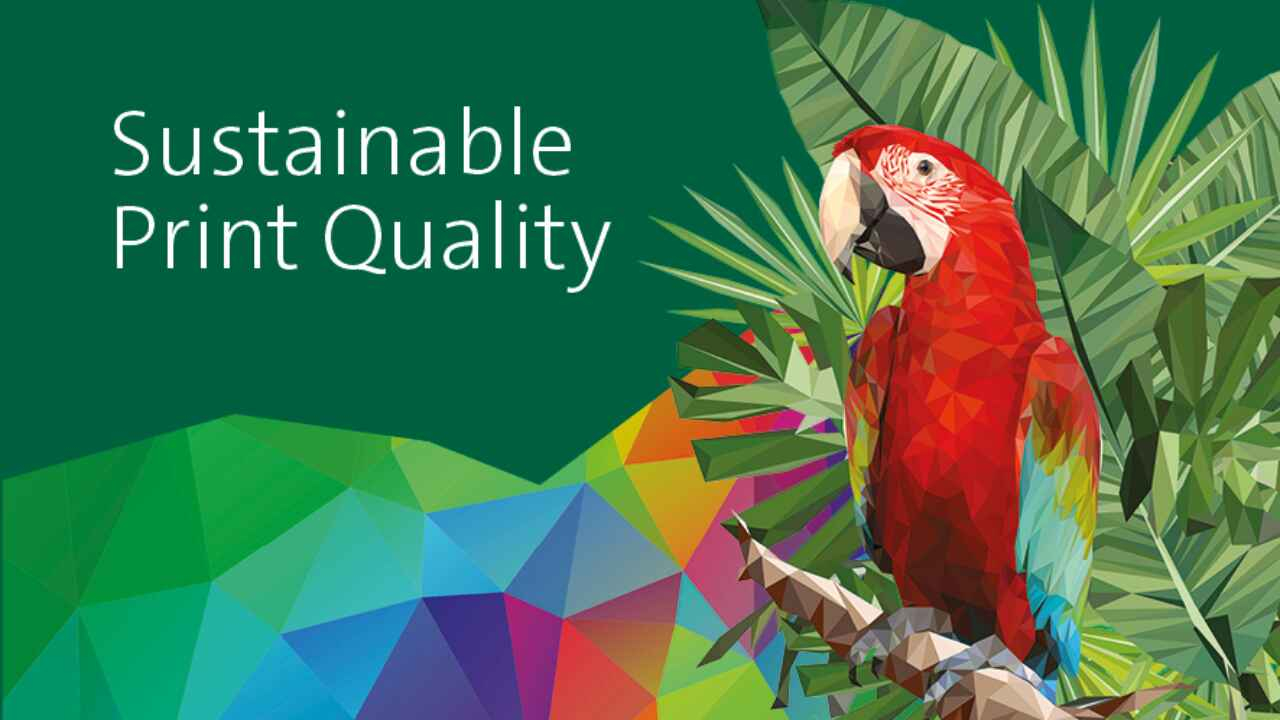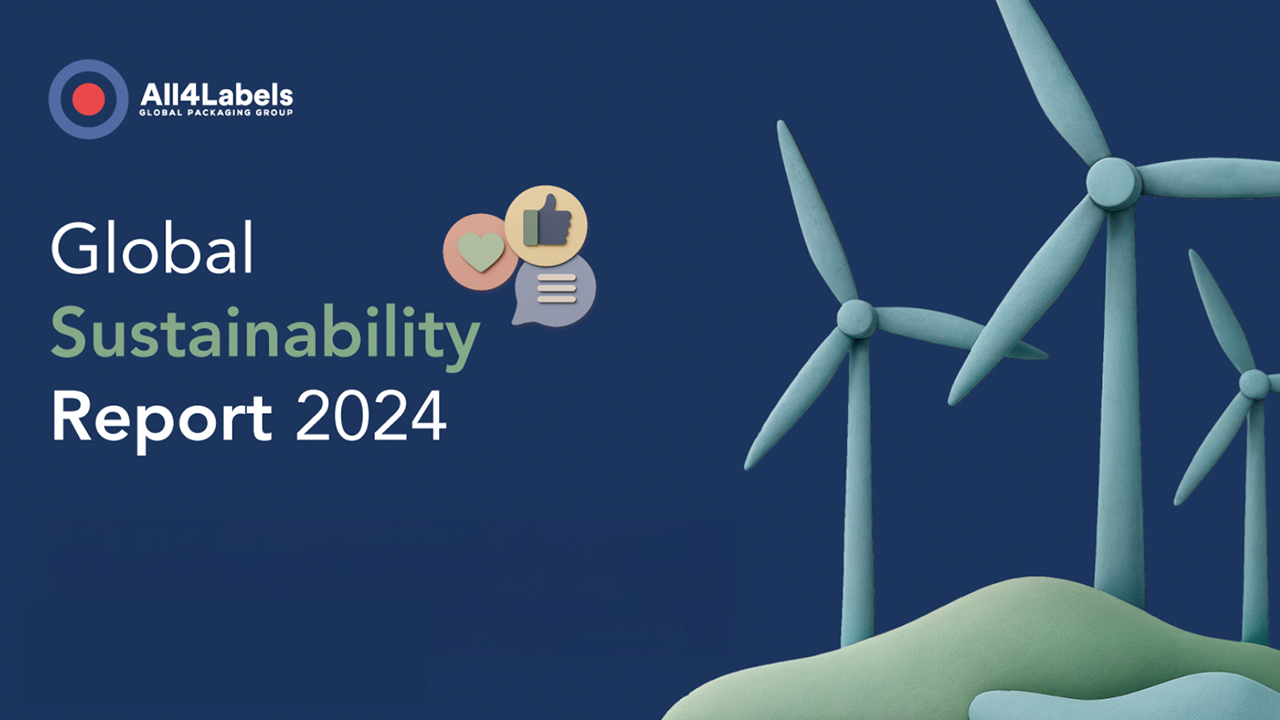Sudpack's SPQ technology helps maintain eco balance
With this printing technology, Sudpack reduces ink and solvent consumption, as well as film waste and energy usage.

Sudpack has reported that companies that switch their package printing to its sustainable print quality (SPQ) printing technology can reduce CO2 emissions from printing by up to 18 percent. This was revealed in the latest LCA study conducted by Sudpack in collaboration with Sphera and in accordance with ISO 14040/44. This applies to both PP—and PET-based packaging materials.
Sudpack claims that this printing technology reduces ink and solvent consumption, film waste, and energy usage in flexographic and rotogravure printing because of a standardized color palette. An innovative color management system enables the consistent and precise reproduction of all print designs with a high degree of automation while maintaining superior print quality and high-quality color brilliance.
Regarding sustainability, the LCA substantiated the potential savings identified in Sudpack’s internal evaluations with hard facts. The printing processes typically involve high material and energy consumption due to color changes, cleaning procedures, and proofs.
The certified LCA demonstrates the advantages of SPQ for various print carriers. 'From an environmental standpoint, all viable printing processes should be transitioned to this new technology. Only orders requiring spot colors still make the conventional flexo print process a viable option,' said Carolin Grimbacher, managing partner at Sudpack.
The company offers its customers a range of package printing processes. In the latest LCA study, the potential environmental impact of the SPQ printing process was compared with the conventional flexo print method for OPP and PET substrate films.
The functional unit (FU) used for comparison was 1 m² of printed OPP or PET substrate film without applying spot colors. Various scenarios were calculated for the SPQ and flexo print process, including 20 μm OPP film and 12 μm PET film as the print carrier. Another scenario analyzed the impact of different energy sources on Sudpack's production. Key impact categories, such as climate change, fossil fuel consumption, and the effects of photochemical ozone formation on human health, were evaluated for all scenarios.
Stay up to date
Subscribe to the free Label News newsletter and receive the latest content every week. We'll never share your email address.

